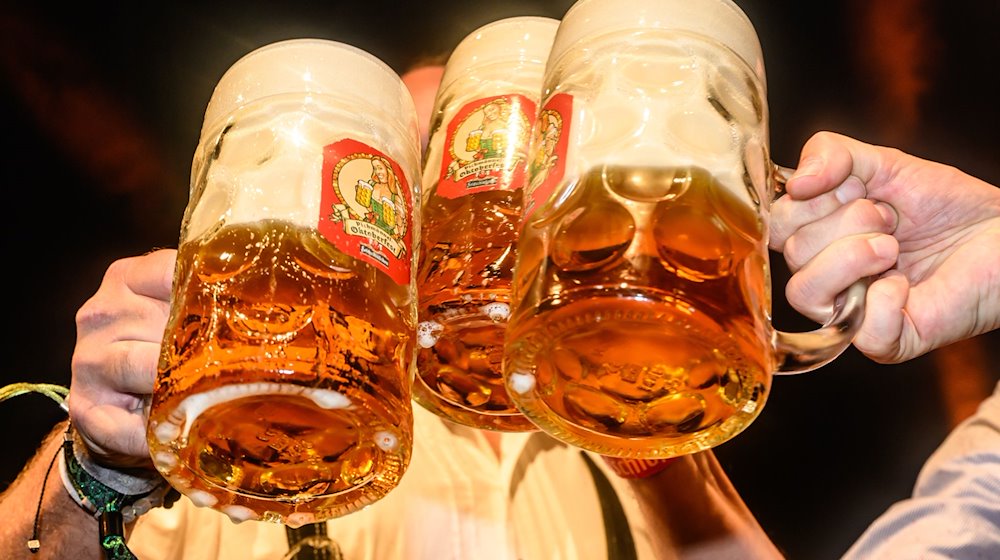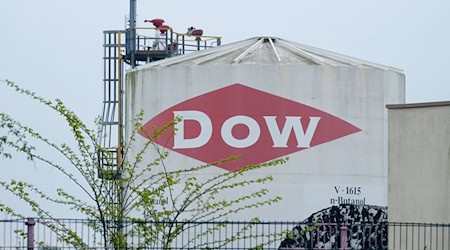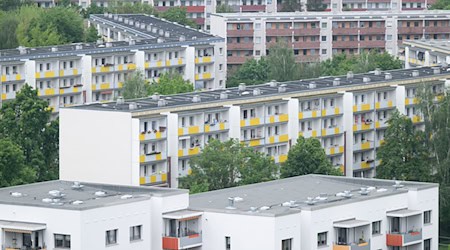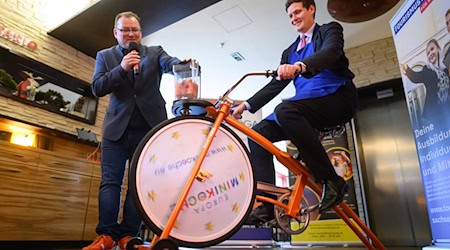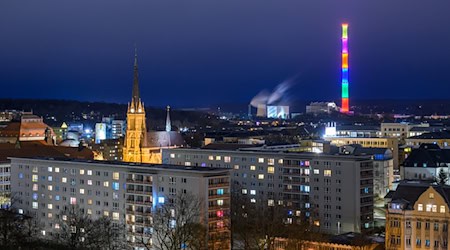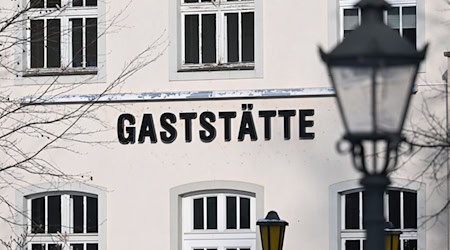Beer lovers in Saxony must prepare for higher prices at the start of this year's beer garden season. "Beer has become more expensive because the purchase prices per hectoliter have risen for restaurateurs," said Axel Klein, Managing Director of the Saxony Hotel and Restaurant Association, to the German Press Agency. Among other things, this is the result of higher production costs. In addition, the VAT rate of 19 percent has applied again since January. Another reason is higher personnel costs. Klein also assumes that the higher prices are also related to the decline in beer consumption.
In 2020, the German government had decided to reduce VAT in the catering sector as a matter of principle due to the coronavirus pandemic. This temporary relief regulation expired at the end of 2023. With the return to the VAT rate of 19% instead of 7%, the normal situation from before the pandemic will therefore apply again. Ultimately, however, the restaurateurs will decide whether to pass on the higher tax to customers.
The trend towards falling beer consumption is also confirmed by the Managing Director of Saxony's breweries, Thomas Gläser: "Per capita consumption has fallen in Saxony in recent years." Statistically, every citizen in Germany drank an average of just under 92 liters of beer in 2022 - including non-alcoholic beer. Ten years ago, according to the statistics, the average was 107.3 liters.
Alcohol-free beer gives brewers hope. Last summer, the German Brewers' Association announced that one in ten beers brewed in Germany will soon be alcohol-free. Almost every second German now occasionally drinks the healthier alternative - and the trend is rising. The number of breweries in Saxony has also increased in recent years. According to the Brewers' Association, there are currently 82 breweries in the Free State - ten years ago there were 55.
According to the Federal Statistical Office, beer sales in Germany fell by 4.5 percent in 2023 compared to the previous year. This means that breweries and beer warehouses based in Germany sold around 8.4 billion liters of beer. After a slight increase of 2.7% in 2022, the long-term trend of falling sales figures has thus continued, the Wiesbaden-based authority announced in February. However, the figures do not include non-alcoholic beers.
Copyright 2024, dpa (www.dpa.de). All rights reserved

